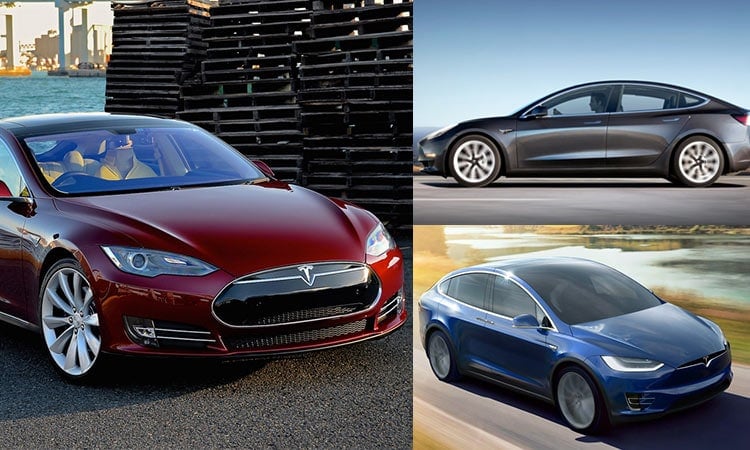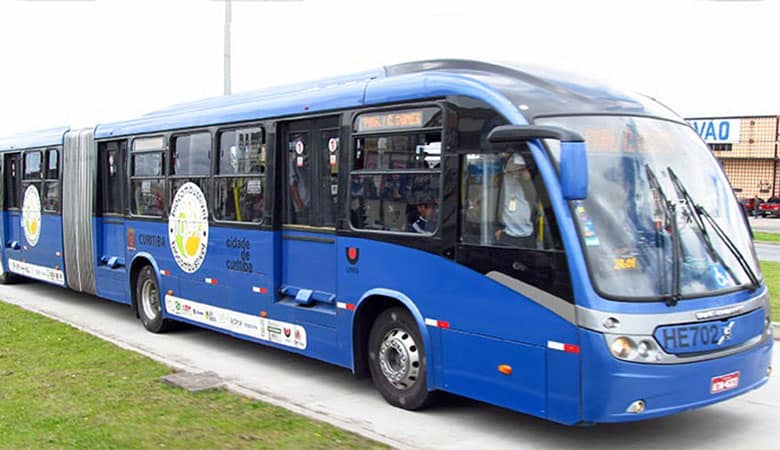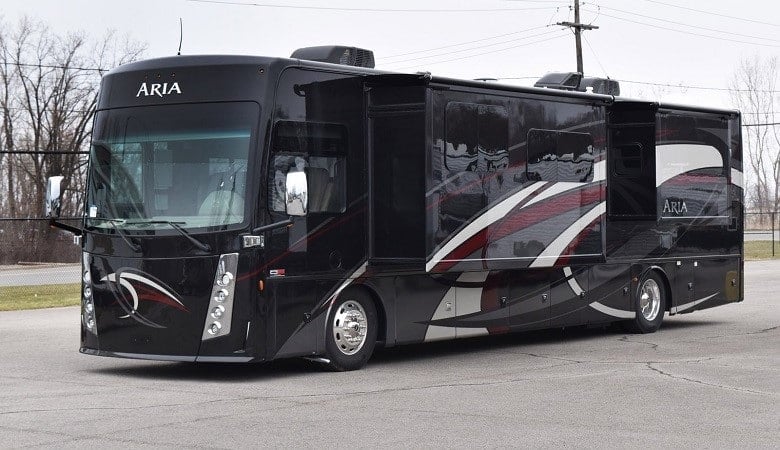Tesla’s Powerwall is a rechargeable lithium-ion battery stationary home energy storage system. The Powerwall stores electricity for solar self-consumption, load shifting, and backup power.
Tesla’s Giga Nevada project began mass production in early 2017. Tesla has installed 200,000 Powerwalls as of May 2021.
If you’re looking for a dependable battery that can power your home during brief outages, the Tesla Powerwall battery could be excellent. The 14-kilowatt hour lithium-ion home battery can electrify a home when the grid goes down.
Its pricing, storage capacity, and continuous power are three key parameters that make the Powerwall a very competitive home battery choice.
While complications exist with nearly every electrical component, it is worth noting that some customers have reported communication challenges with Tesla when installing these products and service interruptions.
The amount of lithium used in the Tesla power wall significantly impacts its weight. As a result, the powerwall weighs between 215 and 350 pounds.
Tesla Powerwall Types and Their Weight
By Kenneth Lund
CC BY 2.0, Link
Now that we know the average weight of the Tesla power wall, it is essential to examine the various versions and their weight. Each tesla powerwall has a different lithium composition, battery, power, and weight.
Moreover, the weight over time seems to increase with every new release. Keep reading to unravel the mystery behind the Tesla power walls and their weight!
Tesla Powerwall 1
The Tesla one was the first of the Tesla power walls built. It had the following specs and features:
- Power, Continuous, and Peak: 3.3 kW
- Energy: 6.4kWh
- Internal Battery Voltage: < 50 VDC
- System Operating Voltage: 350V – 450V
- Current: 9.5ADC
- Dimensions: 1302mm(51.3) x 862mm(34 in) x 183mm(7.2 in)
- Weight: 97kg (214 lbs)
- Warranty: 10 years
Powerwall 2 replaced Powerwall 1 since it had less capacity, which needed improvement.
Tesla Powerwall 2
The Tesla Powerwall 2 is a solar battery that stores any energy produced by your solar panels. It can be linked to your main switchboard instead of being added to your solar panels or inverters.
This makes installation much more straightforward and eliminates the need to purchase a new hybrid inverter.
You may cease using electricity from the grid and save money by storing solar power. This could happen at any time of day or night, even on cloudy days. Any energy saved in your powerwall can be accessed whenever you need it.
It does not produce electricity, but instead stores the energy generated by your solar panels. A Tesla powerwall can store up to 13.5kWh of energy, more than enough to power a home overnight until the sun recharges it.
The primary features of the Tesla Powerwall 2 are as follows:
- Energy storage capacity: 13.5 kWh
- Continuous power: 5.8 kW (5 kW on earlier Powerwall 2 units)
- Peak power: 10 kW (7 kW on earlier Powerwall 2 units)
- Size: 45.3 in x 29.6 in x 5.75 in
- Weight: 251.3 pounds
- Operating temperature range: -4°F to 122°F
- Warranty: 10 years
Tesla Powerwall Plus
A Powerwall+ coupled to solar panels or solar roof tiles can produce a higher output with full sunlight. Because it contains a solar inverter, the Powerwall+ is considerably larger and heavier than the basic Powerwall.
The Powerwall+’s solar inverter has a 97.5 percent efficiency and four Maximum Power Point Tracker (MPPT) circuits.
You can group solar panels with up to four different orientations and connect each group to a distinct MPPT circuit to enhance power generation.
The Tesla power wall plus primary specifications are as follows:
- Energy storage capacity: 13.5 kWh
- Continuous power with no sun: 5.8 kW
- Peak power with no sun: 10 kW
- Continuous power with the full sun: 7.6 kW
- Peak power with the full sun: 22 kW
- Size: 62.8 in x 29.7 in x 6.3 in
- Weight: 343.9 pounds
- Operating temperature range: -4°F to 122°F
- Warranty: 10 years
How to Move a Tesla Powerwall
By Photo by Greg Johnstone
Link
Many Tesla users are always in a dilemma when they have to move. Do I move the powerwall with me or leave it? If you decide to move it, here’s all you need to know.
Tesla offers official services to help you move your power wall. You need to contact support, and a quote will be given to you for the service. This service costs between $2000 – $4000.
Moving it without the help of the Tesla team is an option. You need to get an expert technician to disconnect from the solar panels or electrical connections. The powerwall weighs 350 pounds at most and could easily fit in a car trunk.
Where are Tesla Powerwalls Made?
The lithium batteries used in the Powerwall are manufactured at the massive Tesla manufacturing facility known as the Gigafactory, which is located in the Nevada state of Nevada.
To power the Powerwall, Panasonic collaborated with the company to produce lithium NMC (Nickel-Manganese-Cobalt) battery cells that are identical to the Lithium NCA batteries that power the Tesla electric vehicles.
Will There be a Tesla Powerwall 3? If so, How Much Will it Weigh?
The Tesla Powerwall 2’s colossal success has prompted speculation regarding its successor.
Although the Powerwall 2 is a terrific technology that can help many homes save a lot of money on their electricity bills, it’s far from a ‘no brainer’ at this moment – you’ll need to do some math to see if it’s worth it to install in your home.
With the cost of lithium-ion batteries dropping rapidly and Tesla competitors chewing at the bit with creative battery storage options, we have little doubt that the Tesla Powerwall 3 is in the works.
The following is a complete list of Powerwall 3 specifications:
Nominal Battery Energy: 13.5 kWh
Nominal Grid Voltage (Input/Output): 120/240 VAC
Grid Voltage Range: 211.2–264 VAC
Frequency: 60 Hz
Phase: 240 VAC: 2W+N+GND
Maximum Continuous Power On-Grid: 5 kW input / 7.6 kW output
BESS Continuous Power: 5 kW input / 5 kW output
Maximum Continuous Power Off-Grid: 5 kW input / 9.6 kW output
Maximum Continuous Current On-Grid: 32 A output
BEES Continuous Current: 24 A output
PV DC MPPT Voltage Range: 60–480 VDC
Maximum Continuous Current off-Grid: 40 A output
PV Maximum Input Voltage: 600 VDC
MPPTs: 4 (1-2-1-2 input connectors per MPPT)
Maximum Current per MPPT: 13 A
PV Operating DC Input Voltage Range: 60–550 VDC
Maximum Short Circuit Current per MPPT: 15 A
Overcurrent Protection Device: 50 A
Output Power Factor Rating: +/- 0.9 to 1
Round Trip Efficiency: 90%
Customer Interface: Tesla Mobile App
Internet Connectivity: Wi-Fi, Ethernet, Cellular LTE/4G
PV AC Metering;: Revenue grade (+/0.5%)
Protections: Integrated arc fault circuit interrupter (AFCI), Rapid Shutdown (RSD)
Warranty: 10 years
These features account for a weight of around 214 pounds.









